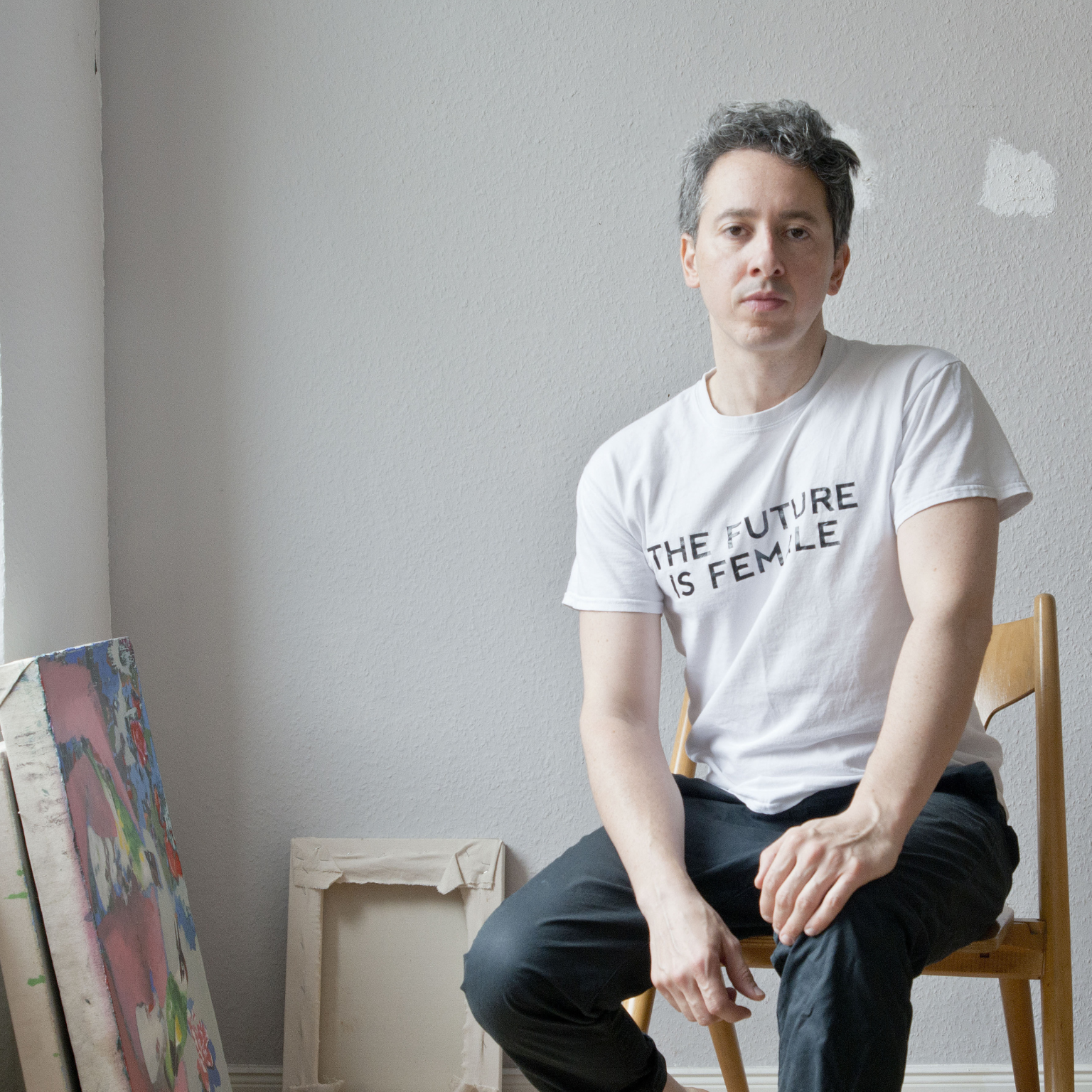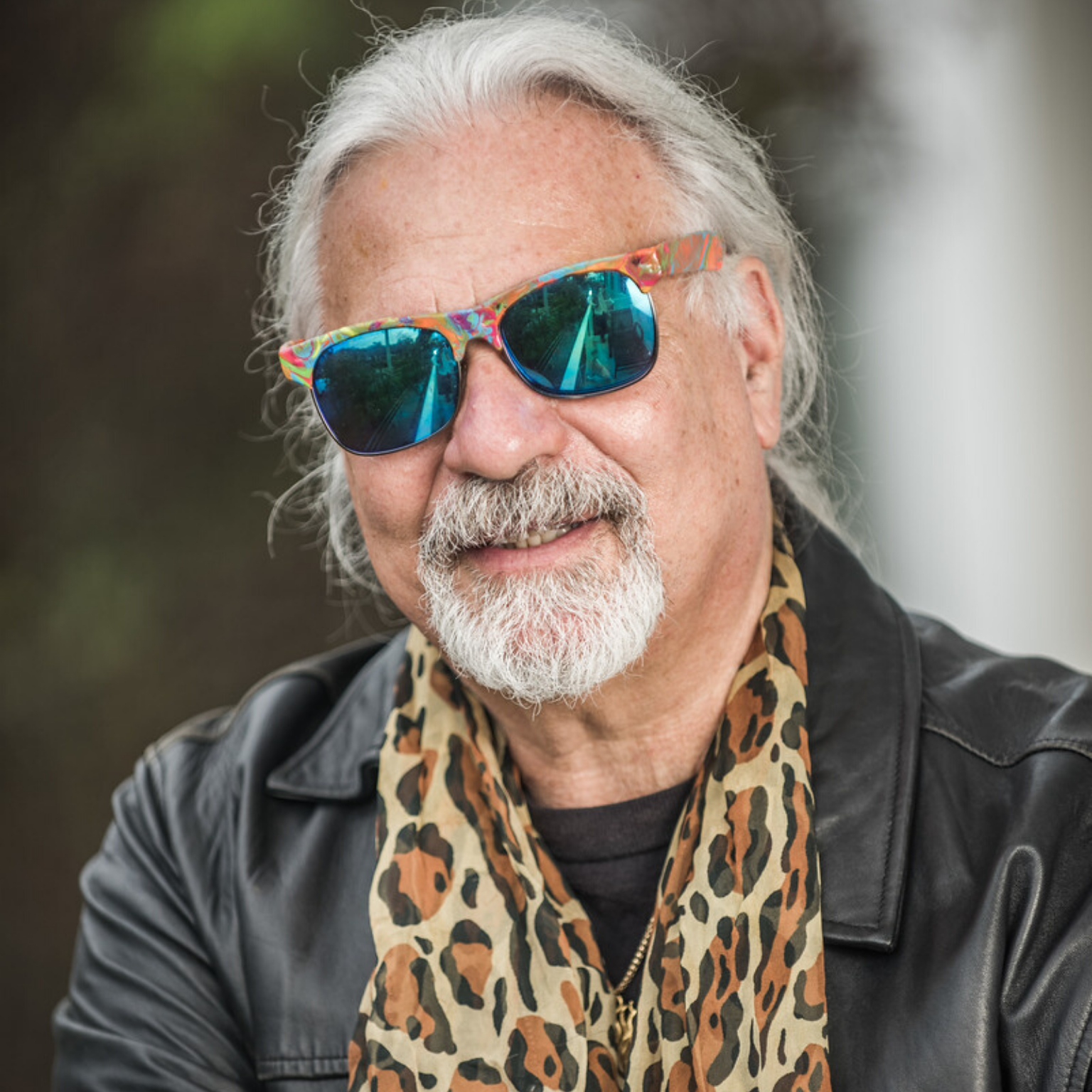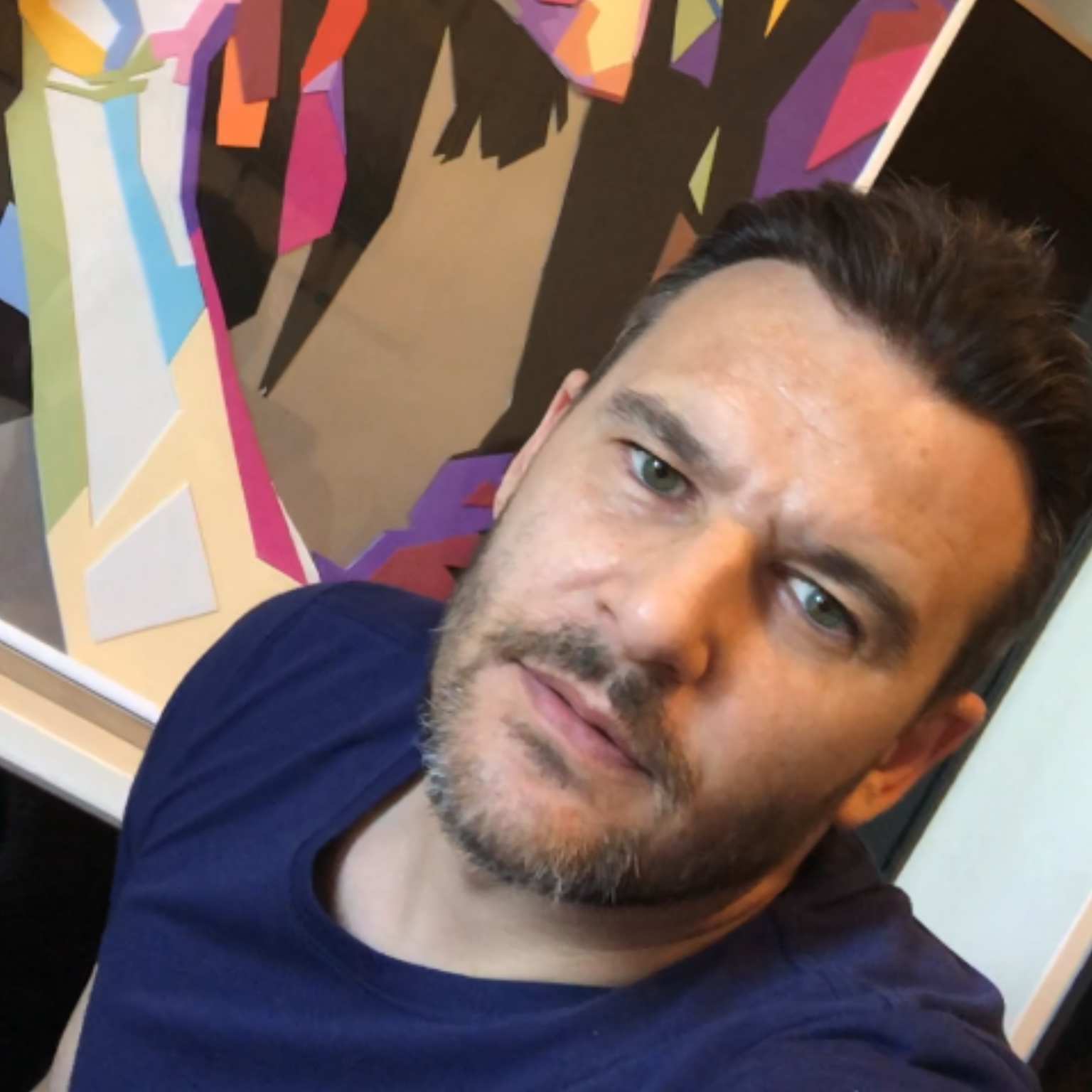Garip Ay, ebru artist from Istanbul, Turkey. Photography © G. Ay
1.In your opinion what is the role of a museum?
It may be strange to say this, but the feelings I have for museums sometimes evoke me the feelings I feel in the cemeteries. For example, I remember many times when my eyes were filled with tears in some of the museums that I went to. Because when I face the work of people I know a lot about their lives, it takes me to those moments as if I was watching the memories of my relatives or childhood friends who are no longer alive.
At this point, we can say that museums eliminate time and places and help humanity meet on common ground. In a way, it creates a bridge between the past and the moment and at the same time determines the consciousness of being at the point where the values and the individual exist.
2.What are your favorite museums in the world? Why?
This one’s really hard to decide. Just from my memories, I can now say which ones I have an emotional bond with.
For example, I care about the Gulbenkian Museum in Lisbon, which gives wide coverage to Eastern arts. On the other hand, as I answered in the previous question, I have an emotional bond with the Art Institute of Chicago, which I frequently visited during my studentship, because of the work and the structure there.
3.How important are social networks in your business? And which platform do you prefer and why.
Multifunctional social media platforms act as a traditional showcase with respect to my usage methods.
So by leaving the finale of each of my different experiences there, first it creates an archive for me that I can go back and rummage; and then a showcase to give ideas to the wishes of my interlocutors for possible collaborations. In this respect, I can say that the simplest and most useful platform of visual works is Instagram.
4.In particular, due to the coronavirus emergency, how have you changed your business on social networks?
That process has in no way changed communication with social media networks. In my individual life, I realized that the whole world lived a life similar to mine only in that period. Because up to that day, I had a life where I always shut myself away in the studio and kept away from social life.
5.To create greater engagement among museums, artists and professionals, do you have any advice for cultural projects such as #MuseumWeek?
The most exciting project I know about museology is that artists can make reproductions of works of art in museums and visitors can watch this process. On the other hand, the biggest handicap of this project is that the implementation period of the works can take up to months, meaning that visitors cannot see this process from beginning to end.
The restriction in the implementation period of paper marbling may be an alternative to this problem. In the paper marbling technique, it is possible to complete your work in a maximum of 30 minutes. Because the details that can last for hours can be completed in a few minutes in somewhat controlled, somewhat randomly way on the fluid ground of the water.
For example, Van Gogh’s “Starry Night” painting came to exist in a very short time of 10 minutes. With this opportunity, I shared a dream I had been thinking of for many years.
Interview by Fabio Pariante, journalist
MORE
Garip Ay on social networks: Instagram − Twitter − YouTube
Garip Ay (Siirt, 1984) is an ebru artist from Turkey. He studied at Diyarbakır Fine Arts High School, followed by a specialization in Traditional Turkish Art at Mimar Sinan Fine Arts University.
The ebru technique is a type of painting on water thanks to the use of special paints and once the work is done, it is transferred to a sheet of paper or other supports.
It is a very ancient, meticulous and light technique, probably born about 3000 years ago to decorate books already thanks to the ancient Ottomans, and finds its origin above all in some areas of India, Iran and China. Ay lives and works in Istanbul.



